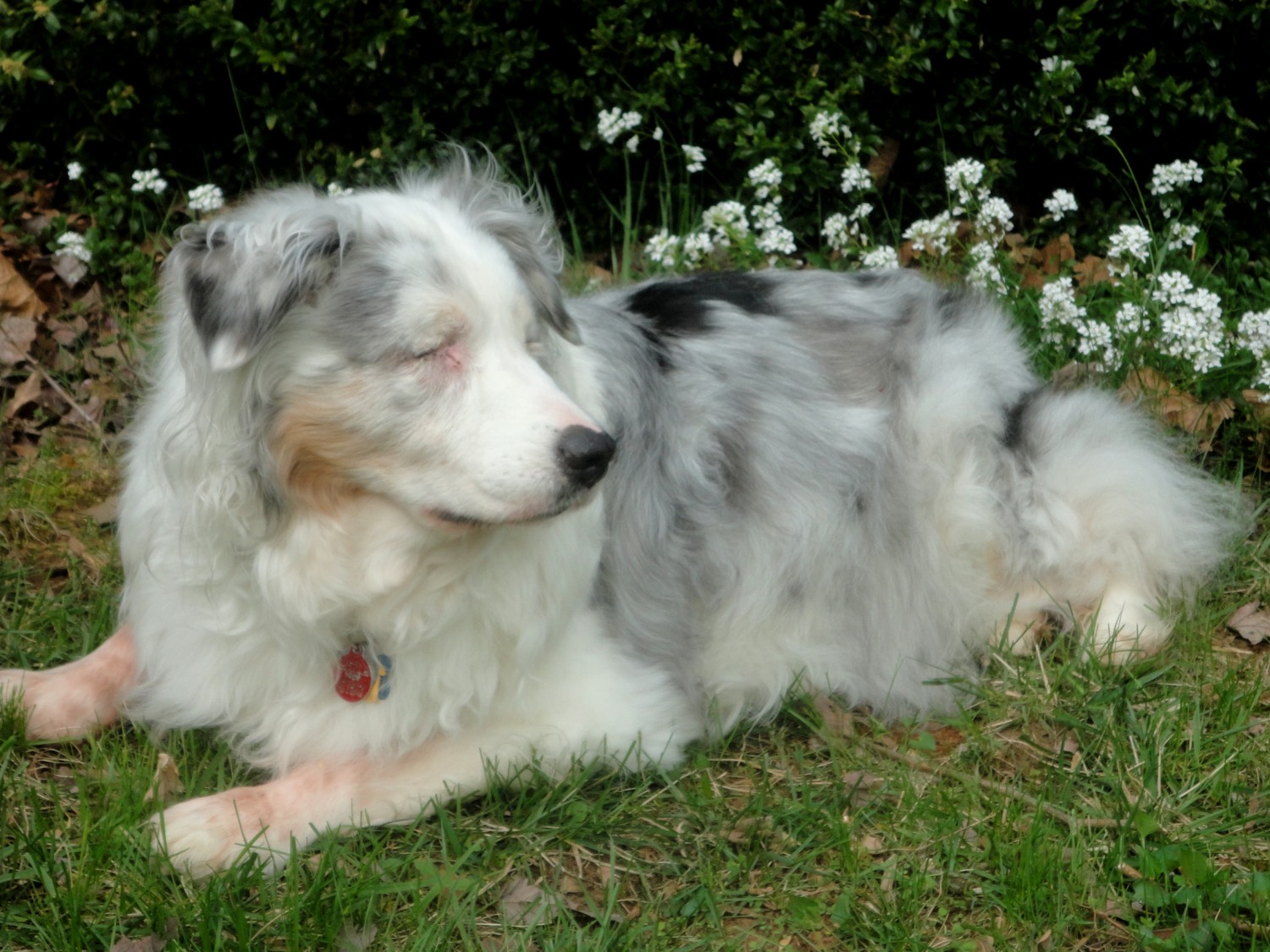Dog Care Tips

Tick control
Removing ticks - When removing ticks from your dogs (and cats) use tweezers and pull the tick straight out in one move. Ticks excrete the organisms that cause Lyme disease, Rocky Mountain Spotted Fever, Ehrlichia, Anaplasma and several other diseases through their saliva and the more the tick is manipulated the more of these organisms it will secrete in a short period of time.
|
• Don't manipulate the tick or attempt to coat it with anything.
• Don't touch the tick with your bare hands. You are just as susceptible to the organisms in the tick saliva as your pet.
• Flush the tick down the toilet.
|
- Leaving the "head" behind is not a huge problem. Getting the tick off eliminated the source of the saliva. If the mouthparts or head of the tick are left behind it will create a sore spot on the skin for a few days to weeks but this will heal. Trying to dig this out can often cause more of a sore than leaving it behind.
Use tick control year round either oral or topical. Ticks are a problem even in the winter. Talk to your veterinarian about the most appropriate product to use. Many of the easily available over the counter or all natural products are not very effective and have more adverse effects than the products available through a veterinarian.
Diet tips
When choosing a food for your dog read the ingredients carefully. There are many good quality foods available out there and some are even in the grocery store. It only takes a few minutes of your time to find a good food for your pet.
- You do not want to feed a grain free food or a food that is based on peas, beans or lentils or what are otherwise known as pulses. Food allergies are almost always to a particular meat and not grain.
- Avoid foods with food coloring added. Most good quality foods have a generic brown color or shades of brown. Red, green and yellow are possibly all added colors. These can also cause allergies and can create more work on the body to eliminate them.
- Raw foods have a high potential for bacterial contamination that could be a problem for your dog and also for you in handling the food and what may pass through your dog’s intestines.
Quantity - most dogs need to be fed 1 cup (8 ounce measuring cup) per 20 pounds of weight per day. Divide this into 2 meals so your dog will not get as hungry between meals. This means a 20-pound dog should be fed 1/2 cup in the morning and evening. A 40-pound dog will be fed 1 cup in the morning and evening and so forth. Keep snacks to a minimum and try baby carrots instead.
- Ask your veterinarian about your dog's Body Condition Score (BCS). This should be 5 out of a scale of 1-9. Some dogs are naturally lean and will be a 4 and still be healthy.
- There are easy criteria to tell how your pet measures at home. You should be able to feel the individual ribs with minimal pressure. You should be able to count the backbone. You should be able to see a "waist" between the rib cage and the hips. In a long hair dog you need to get down and feel your dog. A short hair dog is easier to score visually. Ask your veterinarian to show you how to score your dog. Weighing your dog regularly (every 3-4 months) is also a good idea.
FDA Investigation into Potential Link between Certain Diets and Canine Dilated Cardiomyopathy:
fda.gov/animal-veterinary/outbreaks-and-advisories
Get the Facts! Raw Pet Food Diets can be Dangerous to You and Your Pet:
https://www.fda.gov/animal-veterinary/animal-health-literacy
|